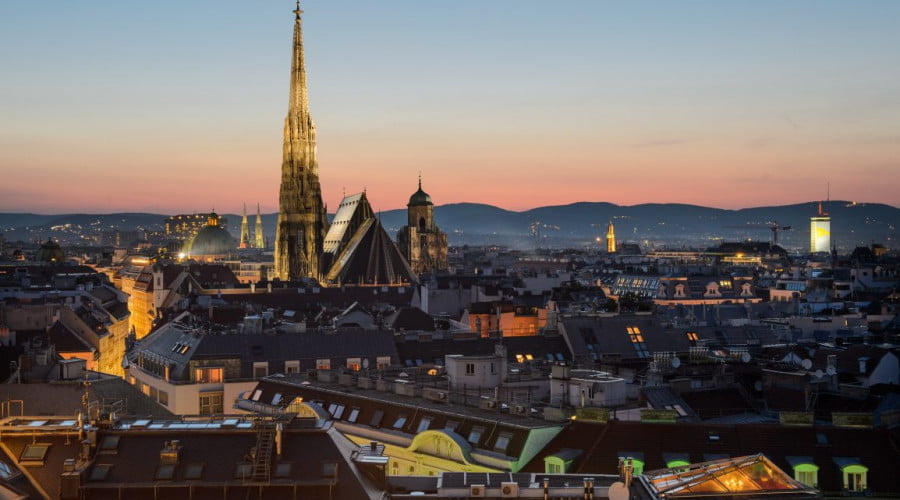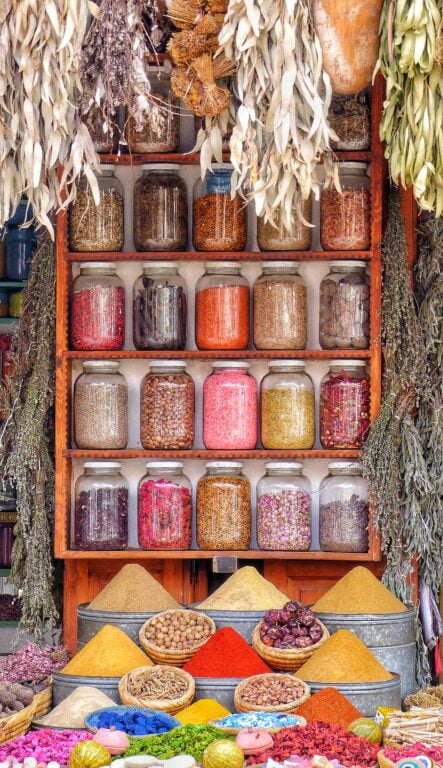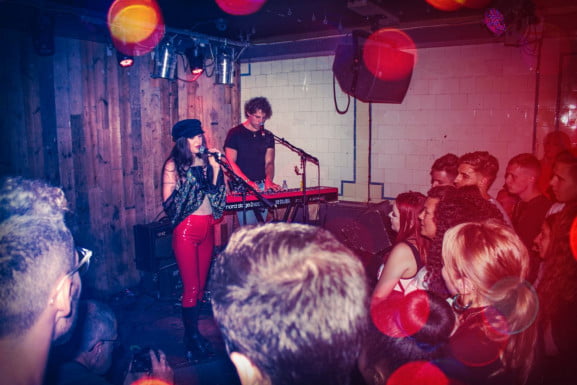Vienna Hofburg Palace Tour Guide
To get a taste of Vienna in a single setting, the ideal place to go would have to be the Hofburg Palace. This is the place that can be considered a symbol of Vienna in the course of time, and reflecting its present status of one of the major European cultural centres.
The Habsburg dynasty has been in the palace called Hofsburg from the 13th century. Originally they were dukes and from 1452 emperors of the Holy Roman Empire at that. They began using the title of Austrian emperors in 1806 and used to rule until the end of monarchy in Austria in the year 1918 after WWI. They normally be memorized in European history as one of the oldest and powerful dynasties of the continent.
The first select of the palace is the Alte Burg or known as Swiss wing. It is, in fact, named after the Swiss Guard that has been assigned to protect the palace. The palace still maintained the medieval castle in its nucleus but in most cases new owners built a new episodes or a structure, therefore little is remaining of medieval age. Thanks to this today Hofsburg palace resembles a small town that stretches to the fantastic area of 240 000 square meters. The façade of the Palace was reconstructed in the middle of the sixteenth century in the manner of the Renaissance style.
There was a year 1552 then Swiss gate or Schweizarertor was constructed this building of rather architectural style is designed by an architect named Pietro Ferabosco. The structure is considered to be one of the most architectural marvels that is traced back to the era of renaissance. Schatzkammer is situated here and here is stored all the memorials of the empire, whether of the Holy Roman Empire, and of the Monarchy. Without a doubt, it is considered to be the crown jewels of the Empire which would be the most crucial exhibit here.
Within the complex of the palace, there is the Palace chapel, Burgkapelle. One of the reasons why this chapel is famous for in this world is that Vienna Boys Choir, which performs each Sunday mass.
The palace called Stallburg which now became the new residence of rulers was constructed in the year 1959. At that time, it was used for the stables for Lipizzaner horses and the winter riding school which were situated in this part of the palace from the 18th century. All presentations and training sessions are provided by the Spanische Reitschule in German. Subsequently, an even greater hall was incorporated into this complex which was used for receptions, balls and other similar functions that it serves as a convention hall today.
Also there is situated in the territory of the palace complex the Amalia castle known as Amalienburg. Earlier it was a single purpose structure; it was not developed as a part of hospital campus like many other wards, and was entirely independent. Its name is derived from Empress Maria Amalia. After the death of her husband Emperor Joseph I she lived only in this castle and women which are completely separated from the rest of the imperial palace. This is, in fact, a corridor that Empress Elisabeth stayed in at some point of her life. Today it is also exhibited in the museum as her contribution to the world’s great art and history. That museum is more popularly known as Sisi-Museum, The nickname by which the empress was known was Elisabeth of Bavaria.
As per the emperor Leopold’s order in the 17th century, the property of Amalia was merged with the tract in Switzerland and this tract was named as Leopoldische tract. This part of the palace remained the residence to one of the most known rulers of the Habsburg monarchy – Maria Theresia. It is important to note that today, the president of Austria’s offices are situated in Leopoldische tract and it was established in the year 1946 immediately after the Second World War.
In the palace of Hofburg a wine cellar of three floors was possible to establish. After the abdication of the Monarchy, everything that was in the cellar was sold in auction and then it erected a plaster vault where all the monuments from the Ringstrasse was placed.
In the third phase of construction that took place during the reign of Emperor Charles VI new additional buildings were developed in the Baroque architecture. The National Library was constructed between the years 1723-1735 with its copious book collection for the avid readers of the house of Habsburgs. One of the most interesting and magnificent libraries with an Italian baroque decoration is the hall with a café.
About the middle of the 18th century, the changes of the parts of the palace containing the government offices of the Empire or Reichskanzleitrakt were executed by the well-known architect Lukas von Hildebrandt. It was then serving as the dwelling place for the royal family after the empire dissolved in 1806 to become just a residence for the great and powerful Franz Joseph in the 19th century.
The Parnassus and the other sculptures which are painted on the outside walls of the palace are the works of Lorenzo Mattielli – the paintings depict Hercules. In the centre of the territory there is the Imperial Gate which is also known as the Kaisertor in German language. As you pass this gate, you are going straight to the Kaiser appartment, Kaiserappartements. Upon entering into the part at the roof of the building you see the shield of Emperor Charles VI with the double-headed eagle with Austrian coat of arms which is embellished with imperial crown.
Obviously, everyone has heard of the magnificent Viennese balls that took place at the Imperial Palace, and the opulent and representative hall where the balls occurred, was designed by Ludwig Montoyer in the early 19th century when the parties in balls became most popular.
Its present structure was in the end of the 19th century when 50 meters high cupola was constructed over the section named Michaelertrakt, thus establishing the shape familiar to all of us.
The most magnificent part of the Hofsburg was constructed at the start of the twentieth century and it is known as the Neue Hofsburg. This plays a very significant role in the Kaiserforum. These rooms are offices of the Austrian National Library and it also contains museums and collections.
There are many museums in the Hofburg complex that you should not miss and you can achieve this by using Original Vienna Tours to, so as to fully experience the pre-European feeling.



